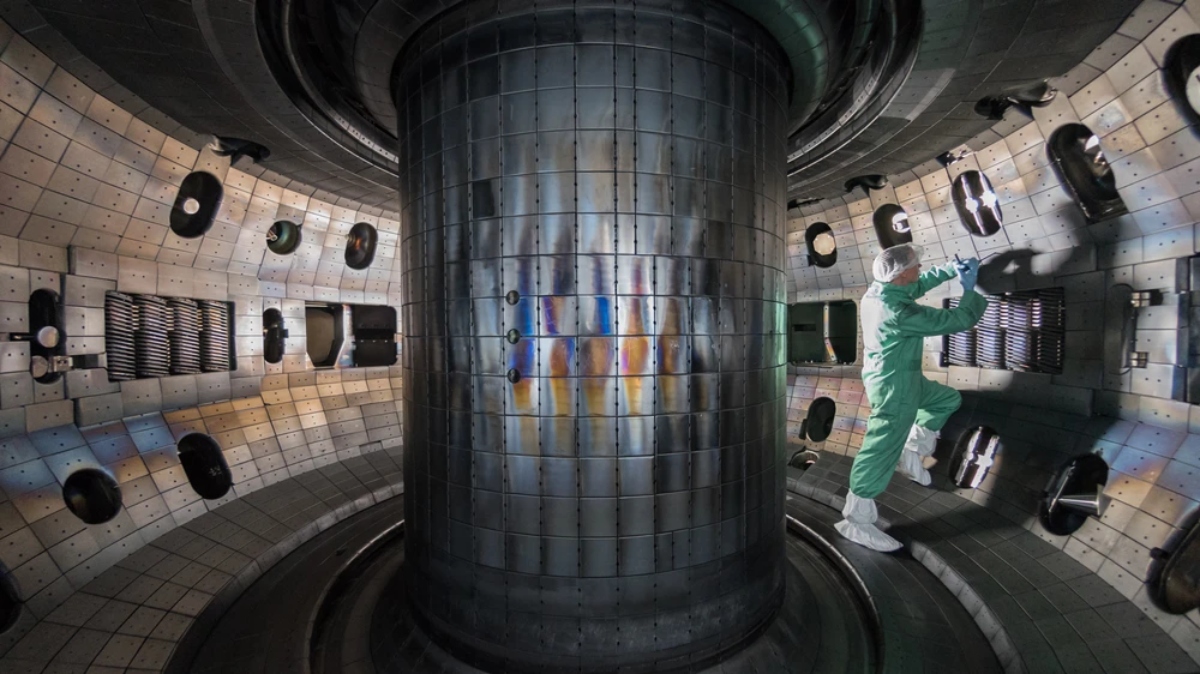Improving weather forecasting requires handling more data in the shortest possible time and testing it with accurate simulations of the atmosphere. But, very soon local street-by-street and hour-by-hour forecasting will be possible with the new supercomputer project from the Met Office, the UK’s National Weather Service.
Currently, the Met Office is collecting more than 200 billion observations per day from satellites, weather stations and sensing buoys in the oceans. Moreover, this data is expected to increase.
Predicting whether rainfall is going to flood your house or the street you live on requires a great deal of processing power. This is why, according to the Met Office, this new supercomputer will be the world’s most advanced weather forecaster.
According to Penny Endersby, chief executive of the Met Office:
“We will be way ahead of everyone else. Eventually the supercomputer will be noticed for every individual, every government department, every industry, as people will see that weather forecasts will get better and better.”
How does the supercomputer that will predict the weather with the highest accuracy ever known work?
It is what the Met Office calls its “digital twin” of the earth’s atmosphere, a highly detailed “model” of everything to do with weather, from winds to temperature to atmospheric pressures.
To create this simulated panorama of our climate, the planet is divided into grids. These have become smaller as technology has advanced. The smaller the grids, the more accurate the measurements.
At present, the earth model is divided into a grid pattern that is 10 km wide. And, for example, the United Kingdom has grids 1500 meters wide. Smaller grids, 300 meters wide, are used to study London.
But the ambition with the new supercomputer is to be able to operate these forecasts on smaller grids, 100 meters wide.
This is why this supercomputer will be able to guide environmental agencies in the establishment of mobile flood barriers. In addition, it will be able to help electricity and gas companies balance the fluctuations of wind and solar energy.
Moreover, with rising global temperatures and the dangers of extreme weather, accuracy in climate prediction is vital.
It is expected that by 2022 this supercomputer will be ready to predict the weather with near-accurate precision. And thus, stay one step ahead of nature in order to take the necessary preventive measures.
You can also read: The next big earthquake could be predicted with the help of AI




